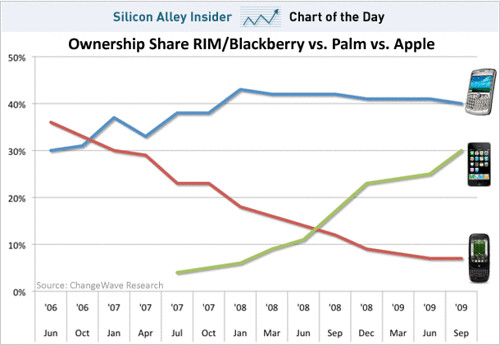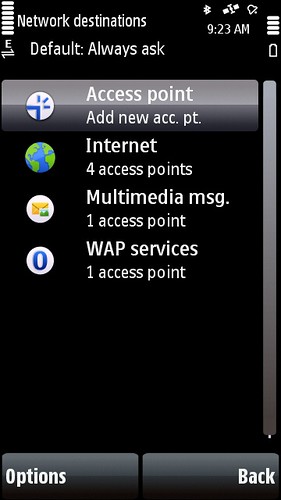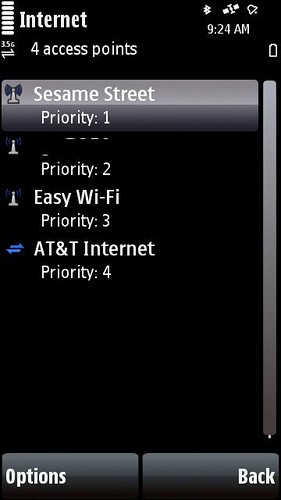I’ve been dabbling with the N8 for about two weeks now and it’s a mixed bag. At first, it took a bit to get my Nokia muscle memory back in shape. The process of coming back to Nokia and Symbian is kinda like getting back together with that girlfriend you broke up with … She looks great (as usual) but once back together you remember exactly why you broke up in the first place.
I’m not going to do a full review but instead highlight a few key issues I have right from the start that are sadly baked in from the old days …
By default, the time does not get set from the network. This is a minor gripe, but it meant that the pictures and video I shot that first day all have the wrong timestamp baked in. I put the sim card in while in a taxi on my way to an after work event so i can take a bit of blame for not really paying attention, but why should i even have to?
The Nokia Social client which is featured on the first home screen is a fail. I’ve had to re-inout my password at least a dozen times and at this point I’m done. If you know the software sucks, call it beta and ask me to download it instead of including it as part of the base system.
Speaking of having to install … Why is the Ovi Store app NOT pre-installed? Including the stub to force the download is ridiculous. It’s not like you weren’t sure the store would launch in time … Once installed the client seems to be something of a digital island. It has no ability to see what I have installed to make recommendations. This missing ability means we all see the same stuff, regardless of whether you’ve already tried it or how you may have rated the app. Sigh. Apparently this is being worked on …
Nokia Messaging … Whoa. Exchange is my default sync method and i have two rather critical issues here. First after all these years, I can’t believe that sync still need to be restarted at least once a day. Second the ability to accept appointments simple does not exist. This is a total fail.
As usual, the hardware is lovely and the camera is excellent. Think that about sums it up.



